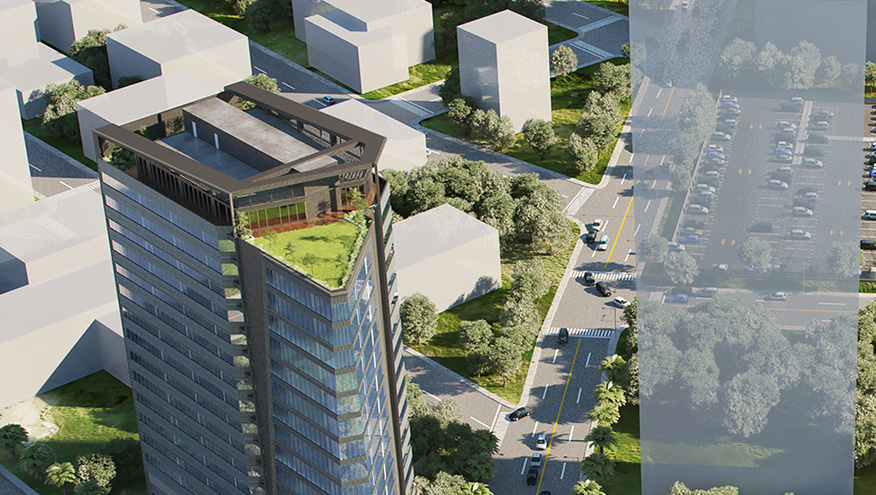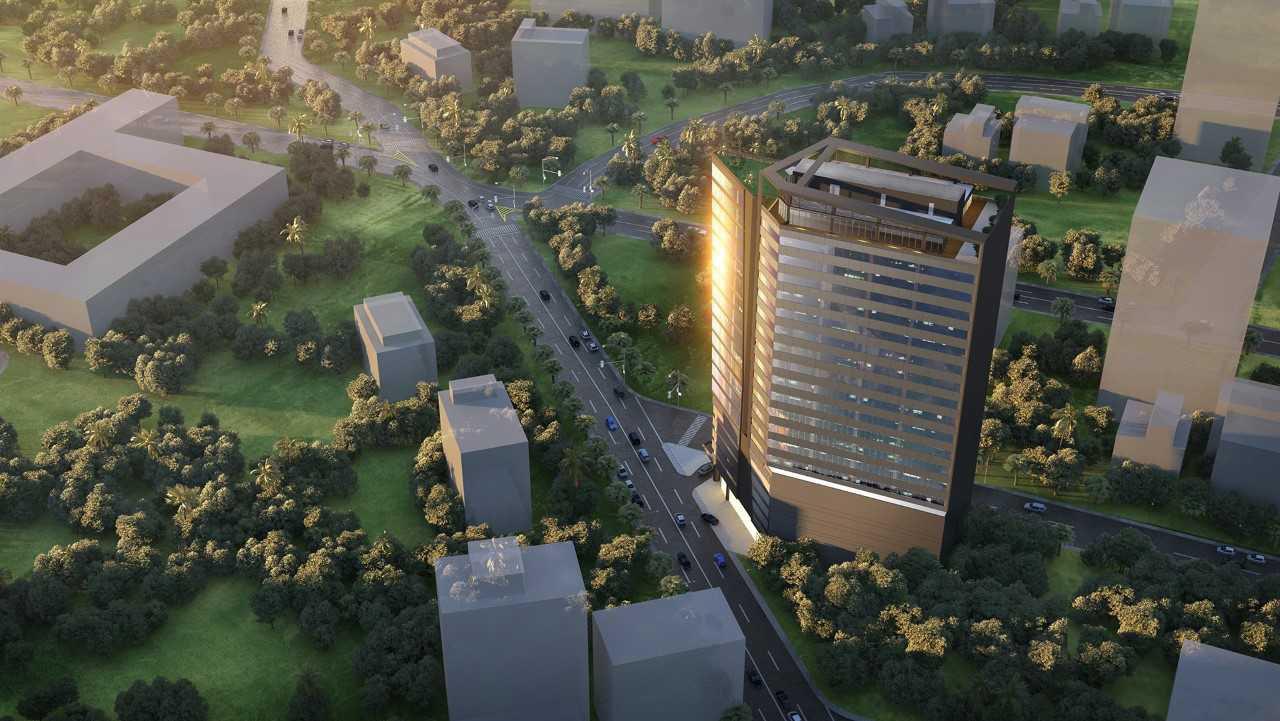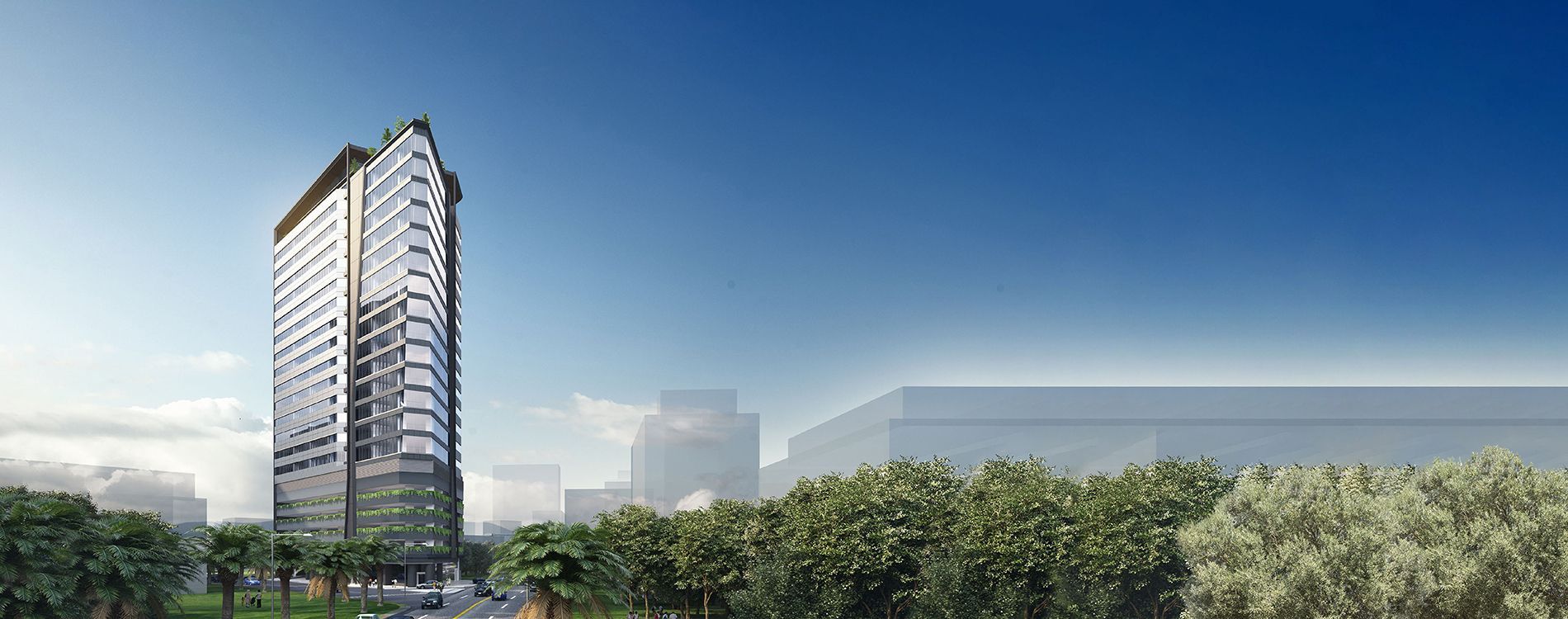As the country eases to a more relaxed quarantine status, many begin to look forward to the ‘new normal’. However, health experts remind that this transition is a gradual shift, given the transition would not occur at the flip of the switch.
Different industries and business sectors have started employing various strategies to adapt to the changes brought by the pandemic. The real estate sector has undoubtedly been affected by COVID-19 in unprecedented ways, reshaping how developers and investors think about the design and purpose of buildings and establishments.
Many developments are taking the opportunity to transform the design towards sustainability, prioritizing the health and wellness of their building occupiers and contributing less to environmental degradation. Transitioning to the ‘new normal’ opens a chance for developers and property owners to create spaces that are sanitary and sustainable in the long term, collectively making cities more efficient, safer, cleaner, and smarter.

Post-Pandemic Office Makeovers
Redesigning offices to prioritize sanitation and sustainability can result in healthier workspaces. Companies are investing in smart technology to ensure the safety and protection of its employees against various health hazards.
To ensure minimized contact among occupants, a contactless or a low-touch office experience becomes the new standard. This includes limiting contact in operating certain equipment such as printer screens, elevator buttons, or door handles by replacing them with technology-enabled by sensors. Workplace strategists expect more automatic doors and screens to be more common to significantly remove the need for touching handles or pressing buttons.
RELATED: The Future of Workplace: Contactless Features and Smart Technology
New Normal Workplace Design
Many argue that open office layouts will no longer be the trend in workplace design especially in the new normal. Some suggest that many businesses will resort back to the boxed and cubicle style office to ensure physical distancing among employees.
However, since these changes will not be abrupt, companies are implementing a staggered seating plan which eradicates ‘elbow-to-elbow’ seating, and the use of shared desks and workstations. This would also result in newfound “openness” as companies reduce tables, chairs, and other office equipment that take up space.
Some are utilizing a shifting workforce scheme that effectively reduces the number of employees inside the office during specific work hours, capping the in-office staff at 30 to 50 percent to maintain social distancing.
Workplace strategists also suggest visual cues on floors and walls to ensure a safe six-feet buffer for every employee, regardless of whether they’re sitting at their desk or walking to the restroom.

Sustainability in Construction for Disease Prevention
The COVID-19 pandemic has also opened the discussion on the implications of building and construction to climate change and health. More than redesigning workplaces and implementing strategies, the real estate sector can contribute to disease prevention on a larger scale by building with the environment in mind.
According to some studies, constructing buildings account for one-third of global greenhouse gas emissions and consume 40% of the world’s energy. It is also one of the largest sources of CO2 emissions which evidently cause a rampant rise in temperature that worsen climate condition. Research has linked this to the increased risk of pathogens being transmitted between animals and humans.
Through sustainability and green real estate, buildings aim to use better materials and comply with construction methods that reduce the harmful effects on the environment. Alternative construction materials such as recycled steel, low e-glass, sheep’s wool, bamboo, and cork are beginning to be widely used. Copper is also becoming an alternative to iron construction materials since it is less hospitable to germs and disease-carrying viruses.
Aside from construction materials, the design of a building also changes to prioritize health and sustainability. Ventilation systems are being reconfigured to flow air down from the ceiling rather than from the floor up. Larger windows are also becoming the standard to allow maximum daylight and reduce energy usage inside buildings. All these modifications are geared towards achieving long-term resiliency and mitigating any future physical or market shocks, together with the reduction of a building’s carbon footprint.
These changes do not only prioritize the health and safety of employees inside buildings. These are also stringent measures that improve their happiness, motivation, and productivity inside the workspace.
READ MORE: Employees working in LEED-certified buildings are Happier, Healthier, and More Productive
The COVID-19 pandemic served as a timely reminder of the role of real estate in shaping the health of communities and impacting the environment. Given the opportunity to adapt and shift towards sustainability, buildings and developments should keep in mind that more people are in need and will demand a safer, healthier, and more sustainable environment.
Learn more about sustainability in design and real estate. Contact Lorenzo Martin Rodriguez at (+63) 917-825-6884. You can also call us at (+63) 2-8403-5519 or send an email to jegtower@kmcmaggroup.com.





















